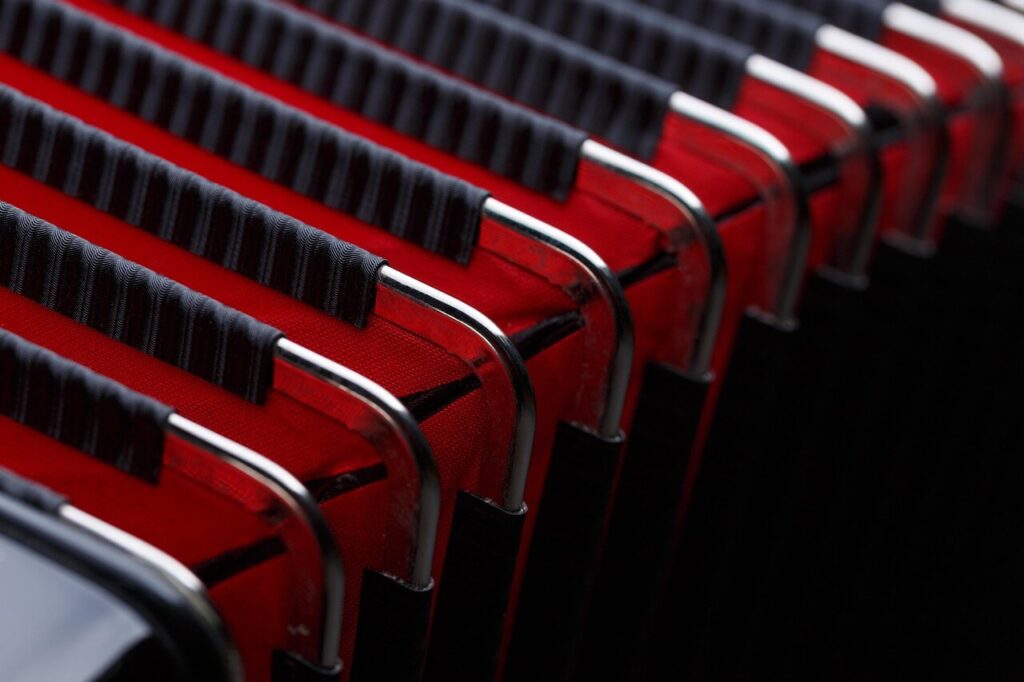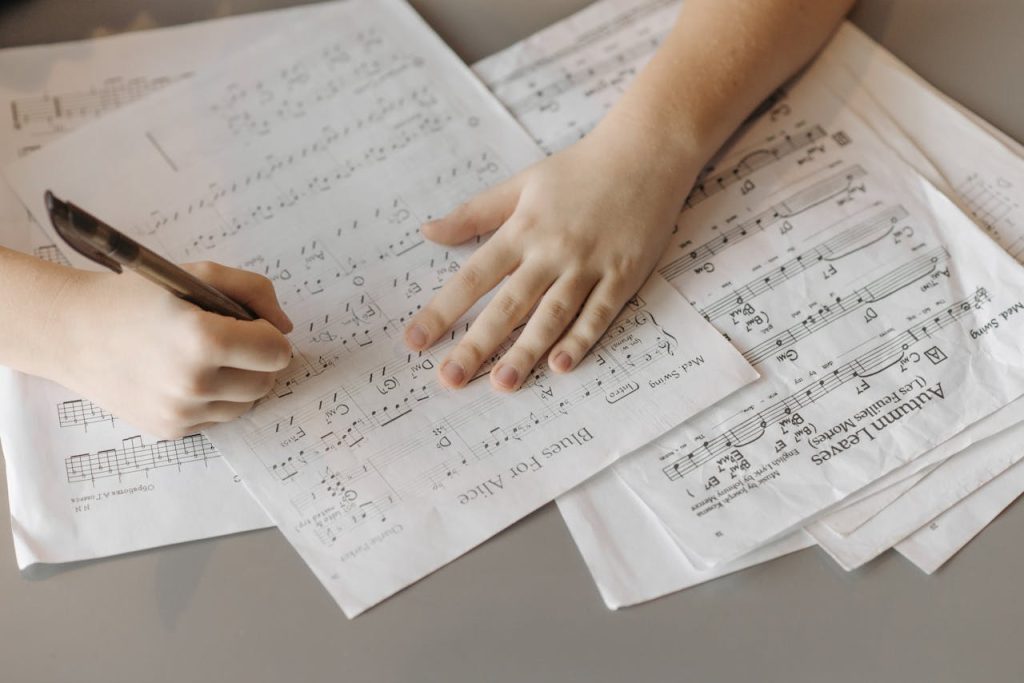If you’ve ever looked at different pianos—especially while piano shopping or attending recitals—you might have noticed something curious: not all pianos have the same number of pedals. Some have three, some have two, and a few have only one. So what gives?
Let’s break down what each pedal does—and why the number can vary depending on the piano.
🎵 The Most Common Pedal: The Damper Pedal (Right Pedal)
No matter how many pedals your piano has, it almost always includes the damper pedal on the right side. This is the pedal most students learn to use first.
What it does:
When you press the damper pedal, it lifts the dampers off the strings, allowing the notes to keep ringing even after you lift your fingers. This creates a rich, sustained sound and is essential for expressive playing.
🎵 The Left Pedal: Una Corda (Soft Pedal)
The left pedal is called the una corda pedal on grand pianos or the soft pedal on uprights.
On a grand piano:
It shifts the entire action slightly to the right so that the hammers strike fewer strings (usually 2 out of 3), resulting in a softer, more delicate tone.
On an upright piano:
It brings the hammers closer to the strings, so they don’t strike as hard—also creating a softer sound, though not in the same way as a grand.
🎵 The Middle Pedal: It Depends!
The middle pedal is where things get interesting—and a little confusing. Its function depends on the type and quality of the piano.
Here are the most common versions:
- Sostenuto Pedal (on many grand pianos):
This allows you to sustain only certain notes (the ones you hold down while pressing the pedal), while others remain unaffected. It’s mainly used in advanced classical and contemporary music. - Practice Pedal (on some upright pianos):
This pedal lowers a layer of felt between the hammers and strings to create a very quiet, muffled sound—great for late-night practice sessions. - Bass Sustain (rare):
Some older pianos have a middle pedal that sustains only the lower notes.
🎹 Why Do Some Pianos Have Fewer Pedals?
- One pedal: You’ll usually only see this on small or very old uprights. It’s almost always the damper pedal. These pianos may be limited in expressive capabilities.
- Two pedals: Common in many student upright pianos. Usually just the damper and soft pedal—perfect for beginners.
- Three pedals: Found on most grand pianos and higher-end uprights. Offers more expressive control and versatility.
🎼 So, Which One Is Best?
That depends on your needs!
- For beginners: Two pedals are often more than enough.
- For intermediate/advanced players or classical performers: Three pedals offer the full expressive range.
- For apartment or shared space players: A practice pedal can be a lifesaver!
Final Note 🎶
No matter how many pedals your piano has, learning to use them properly is a big part of growing as a musician. In my lessons, I guide students through pedal use gradually—so they build confidence and develop a beautiful, expressive sound.
Got questions about your pedals? Bring them to your next lesson—I love helping students get the most out of their instrument!

